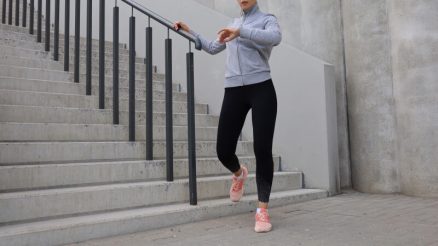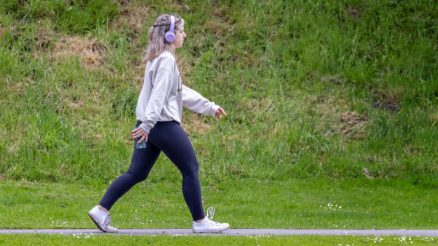Walking, often underestimated in its power, is one of the simplest yet most effective forms of exercise. For those concerned about joint health or managing arthritis, it’s not just a casual stroll; it’s a therapeutic journey that can significantly improve quality of life. This blog post delves into the profound benefits of incorporating regular walking into your routine for healthier joints and better arthritis management.
Why Walking is a Joint-Friendly Exercise
Unlike high-impact activities that can stress joints, walking is a low-impact exercise that provides a gentle, rhythmic movement. This makes it ideal for people of all ages and fitness levels, especially those with pre-existing joint conditions.
1. Lubrication of Joints
Our joints contain synovial fluid, which acts like oil in an engine, lubricating the cartilage and reducing friction. When you walk, the movement compresses and decompresses the cartilage, helping to circulate this fluid. This process ensures that nutrients are delivered to the cartilage and waste products are removed, keeping the joints well-nourished and reducing stiffness. Think of it as giving your joints a much-needed internal massage!
2. Strengthening Supporting Muscles
Walking engages various muscle groups, including those in your legs, hips, and core. Strong muscles around the joints provide better support, stability, and shock absorption. For individuals with arthritis, building this muscular strength can significantly alleviate the burden on compromised joints, reducing pain and improving function.
3. Weight Management
Excess body weight places enormous stress on weight-bearing joints like the knees, hips, and spine. Even a modest amount of weight loss can dramatically reduce this burden, lessening pain and slowing the progression of arthritis. Regular walking is an excellent way to burn calories, manage weight, and contribute to overall joint relief.
4. Improved Flexibility and Range of Motion
If you have arthritis, you might experience reduced flexibility and a limited range of motion due to pain and stiffness. Walking encourages gentle movement of the joints, helping to maintain and even improve their flexibility over time. Consistent movement prevents the connective tissues from shortening and tightening, which can otherwise exacerbate stiffness.
5. Reduced Inflammation
While vigorous exercise can sometimes trigger inflammatory responses, moderate walking has been shown to have anti-inflammatory effects. Regular physical activity can help regulate the body’s inflammatory pathways, which is crucial for managing conditions like rheumatoid arthritis, where chronic inflammation plays a central role.
6. Enhanced Bone Health
Walking is a weight-bearing exercise, meaning it forces your bones to work against gravity. This stress stimulates bone cells to produce more bone tissue, contributing to increased bone density. Stronger bones mean less risk of fractures and better overall skeletal health, which is beneficial for everyone, but particularly important as we age.
7. Mental Well-being
Living with chronic joint pain or arthritis can take a toll on mental health, often leading to stress, anxiety, or depression. Walking outdoors, especially in nature, can be a powerful mood booster. The fresh air, sunlight (which helps with Vitamin D production vital for bone health), and the rhythmic motion of walking can reduce stress hormones, improve sleep, and enhance overall mental well-being, creating a positive cycle that aids in pain management.
Tips for Walking with Joint Health in Mind
- Start Slowly: If you’re new to exercise or have significant joint pain, begin with short walks (5-10 minutes) and gradually increase duration and intensity.
- Wear Appropriate Footwear: Choose supportive, well-cushioned shoes that provide good arch support to absorb shock and protect your joints.
- Listen to Your Body: It’s important to distinguish between mild discomfort and sharp pain. If you experience sharp or increasing pain, stop and rest. Consult with a doctor or physical therapist if pain persists.
- Warm-up and Cool-down: Before walking, perform light stretches to prepare your muscles and joints. Afterward, stretch again to improve flexibility and prevent stiffness.
- Consider Walking Aids: If needed, use a cane or walking sticks for added support and stability, especially on uneven terrain.
- Stay Hydrated: Drinking enough water is essential for overall health, including joint lubrication.
Conclusion
Walking is a powerful, accessible tool for promoting joint health and effectively managing arthritis symptoms. It lubricates joints, strengthens supporting muscles, aids in weight management, improves flexibility, reduces inflammation, and boosts mental well-being. By embracing this simple yet profound activity, you can take significant strides towards a more active, less painful, and healthier life. So, lace up your shoes and step out – your joints will thank you!








